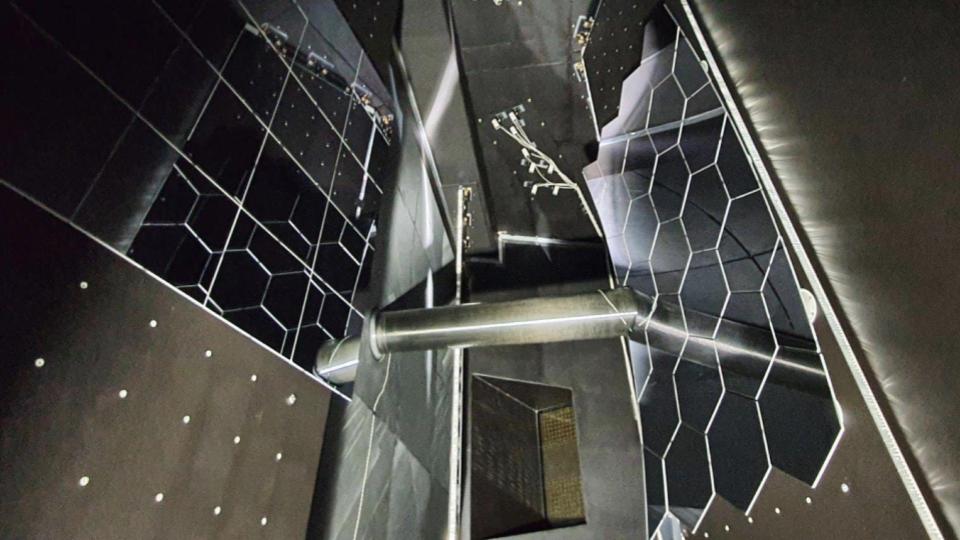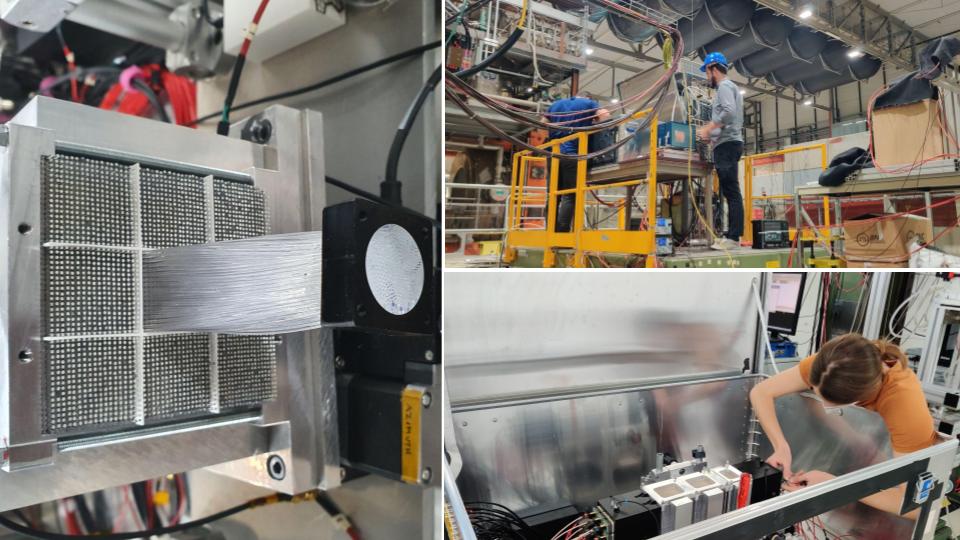The LHCb experiment will upgrade the inner part of the Electromagnetic Calorimeter and the electronics of the Ring Imaging Cherenkov detectors in the next LHC Long Shutdown (LS3).
On July 5, 2022, protons collided again at LHCb after a 3.5 year break known as Long Shutdown 2 (LS2) marking the start of the LHC Run 3. During this period the original LHCb experiment has been largely dismantled and an almost completely new detector has been constructed. The majority of LHCb’s sub-detectors have been replaced or upgraded during LS2 to cope with much more demanding data-taking conditions, using the most recent technological developments to design the new detectors. LHCb collaboration calls this improvement process – Upgrade I.

The full exploitation of LHC’s potential for flavour physics received strong support in the 2020 Update of the European Strategy for Particle Physics, which was then approved by the CERN Council. As a consequence, a second upgrade, so-called Upgrade II, is being prepared, in order to fully realise the flavour-physics potential of the HL-LHC. Upgrade II will be installed during Long Shutdown 4 (LS4), and will operate at a much larger instantaneous luminosity. The size of the data sample for flavour physics will at this point be unprecedented, allowing for improvements in the precision of a large number of key observables without being limited by systematic uncertainties. The Upgrade II Framework TDR was approved in 2022.

The Technical Design Report (TDR) “LHCb Particle Identification Enhancement” presents the technical details of an intermediate step between Upgrade I and Upgrade II, aiming at enhancing the performances of the ECAL and RICH subdetectors during LS3, currently scheduled for the years 2026–28. These enhancements will both improve the physics performance of the experiment in Run 4 and lay the foundations for the developments required for Upgrade II. For the ECAL, the innermost modules, which will be severely affected by radiation damage at the end of Run 3, will be replaced by a new technology, namely SpaCal, that is the same foreseen for the PicoCal of Upgrade II. In addition, the existing Shashlik modules will be rearranged to better match the occupancy map. For the RICH system, the whole electronic chain will be replaced, equipping it with high rate DAQ and a novel readout ASIC (FastRICH) capable of providing precise timestamps of Cherenkov photons, anticipating a key feature of the Upgrade II RICH system. The TDR was recommended for approval by the LHC Committee in February 2024 and subsequently approved by the Research Board.
The photos show the RICH II gas enclosure and tests for the future LHCb Upgrade II calorimeter.
Read more in the CERN news and enhancement TDR.
